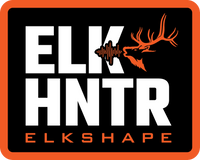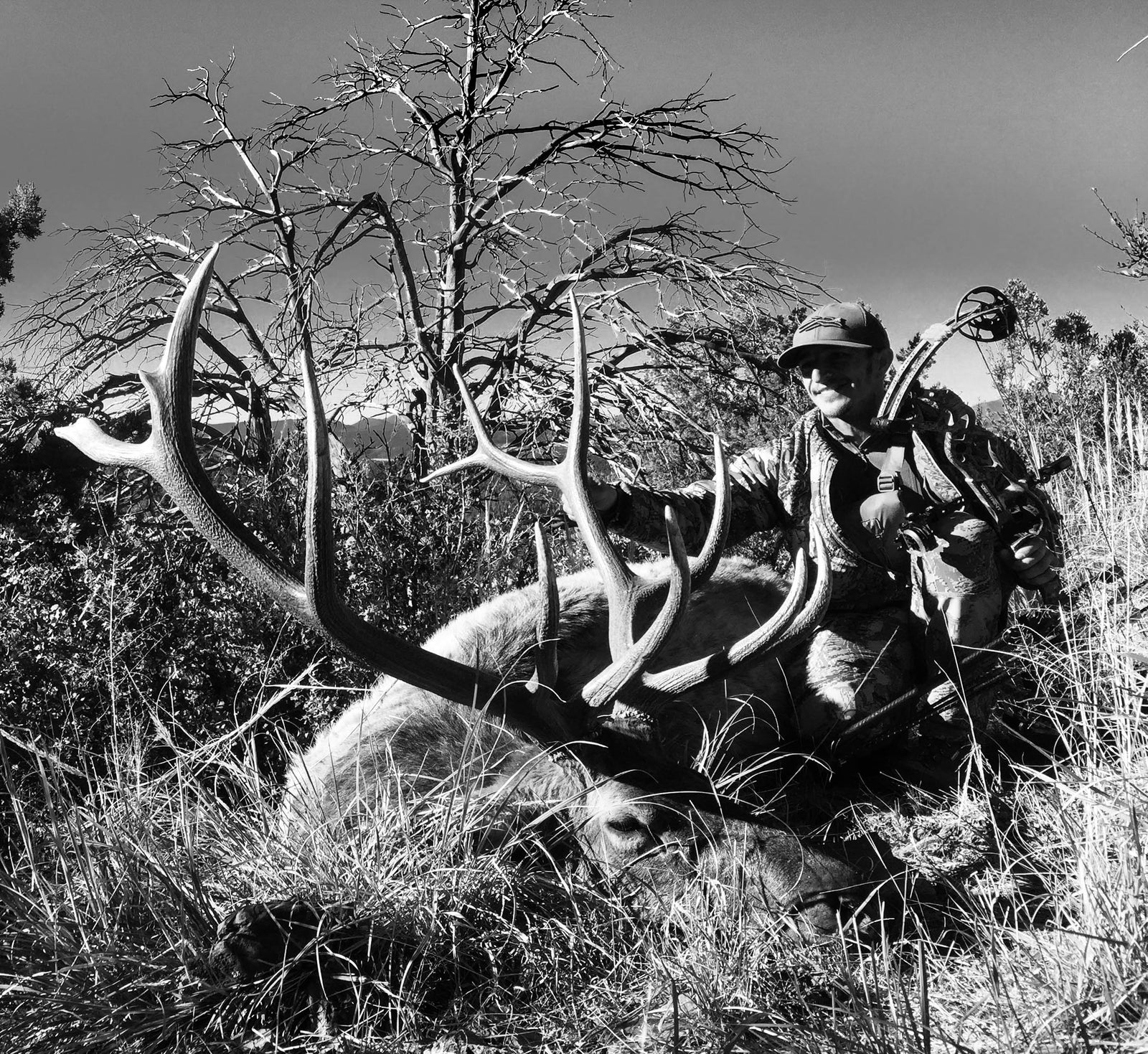Late season elk - one of the hardest hunts out west.
Harsh conditions and rough terrain is the foundation. Find a legal bull when they do not want to be found, welcome to late season archery elk. Some states allow elk hunters an extended season after rifle and muzzleloader. There's no doubt, this time of year is extremely challenging to even find elk, let alone get in tight with a short range weapon like a bow. On occasion, states will offer archery-only areas, but be sure to read the regs and know if you need to don orange. Idaho for example, has many elk zones and there's no real consistency across their zones on opportunity and seasons. If you have a tag, go ahead and reread your regs to confirm your hunt options. Some states have a dedicated tag to late season archery elk while others have a range of offerings based on the tag you purchased. Know before you go.

Bulls are either alone or doing the bachelorhood life in remote and rugged areas where pressure is low and they can find sanctuary. These elk are not traveling far and are hanging tough while they prepare for winter. Weather can move elk to their wintering grounds, usually the bulls will be a tier of two above the ladies on the mountain. Calling will be fairly futile but yes, you'll hear stories of bulls bugling in November and December, but more than likely the bulls will be silent as they look to pack on some weight that they lost during the depleting rut. These bulls somehow figured out that staying reclusive also means living in the rugged. This is how you will find the bulls and if you're lucky enough, you'll have to be delicate on how you hunt them. These elk are probably not going to move much and you can capitalize on their lack of travel by sneaking in on them when they're feeding or watering.
Treat the elk like you would an alpine mule deer by sitting high with the best glass you can pack in. I have read research where mature bulls equipped with satellite collars can often hunker down in a 300 yard radius for an entire winter. So here's how to find the needle in the haystack.
Locating late season bulls can be summed up by simply putting in the work. You will log miles and glass your brains out. Finding fresh tracks in snow is ideal, but snowpacks vary year to year and sometimes you don't have fresh snow. If I am out of snow or even fresh snow, I will opt to stay high and glass as many basins as possible. Crunchy snow is not a bowhunter's ally, you'll have to adjust tactics based on the conditions.
Elk can winter in a variety of areas, there's no magic formula. We hunters have to rely on mobility throughout a unit, until we find what we're after. Weeks upon weeks of intrusion by hunters will have bulls retreating into some of the unlikeliest locations that are guaranteed to have difficult access. These areas will most likely be nowhere near a road, they have plenty of cover, food and water. So start with north facing slopes that are encased with natural land barriers such as steep boulder fields, old burns with tons of downfall, or terrain features that make access tricky. For whatever reason, bulls will be content in these types of areas so you'll have to get high to find them or study some image overlay maps with topography lines to know where to start. This can all be done from your home office.
Snow levels are generally varied, so if I am headed into an area I will try to hug the snow line looking for any available elk sign. These can be a few hundred vertical feet below the snow line as well. Elk are still going to travel like elk, so that's why I am always obsessing over my topography maps which provides clues as to the best way to navigate the country. Elk will almost always choose the path of least resistance so find their gradual side or lateral trails, check for benches or shelves, and don't overlook any saddle between two mountains.
In most of the hunts I have done in late seasons for elk, hunting pressure is nowhere near that of September. The daylight hours are at their lowest so you should be out there from dark to dark. Most hunters still want to glass from areas they can get their ATV/UTV to so you an avoid crowds by find glassing spots that require a little to a lot of sweat equity. Find the some access to north facing timber away from trails, locate small pockets of feed or meadows, then figure out the best sources of water from a tiny trickle, all the way to a river or creek. Remember that running water won't freeze as fast as a seep or pond.
If the conditions are perfect, you might find yourself on a glassing knob scanning nearby ridge lines where elk are sure to use as highways of migration. If the snow is piling up, you might get lucky and find them working their way off the mountain. I wouldn't leave my house without having at least 5 different areas to glass into, all the while make sure to have put some miles on my boots searching for elk sign. If you find yourself with some light or soft snow laced with bull tracks, then you're ready to embark on the still hunt program. You are basically going to move at a snail's pace through the timber glassing every couple of steps hoping to find a bull bedded or feeding and obviously, you need to see them before they see you. Wind will have to be perfect, your movements will have to be calculated, and your patience will be tested. This can and will work if you are in tight with a bachelor group.
This is a next level type of hunt. I've done it several times solo with mixed results, but if I am in a decent area and put the work in, I historically have created at least one solid opportunity to come to full draw. I usually run 10x42 glass and have a pretty big spotter on a tripod whenever I'm glassing. I set myself up in a teepee with stove for cold nights and have plenty of hot coffee in a thermos for morale boosting. The best part about punching your tag so late in the year is that most folks are way past elk hunting and have moved onto deer, so you should have the mountains to yourself. Lastly, it's super nice to break down a bull and not have to worry about your meat with bugs or high temperatures. Hope this helps and good luck to you all.
-Dan



3 comments